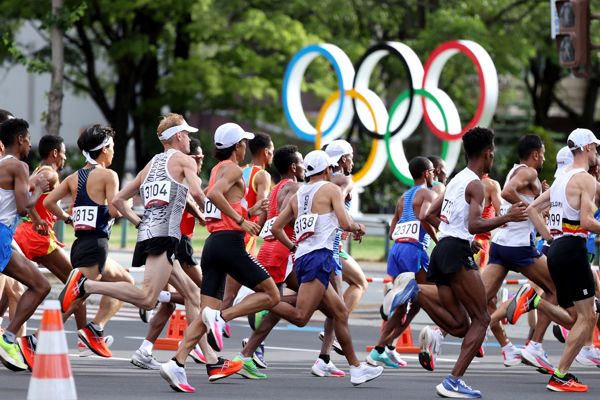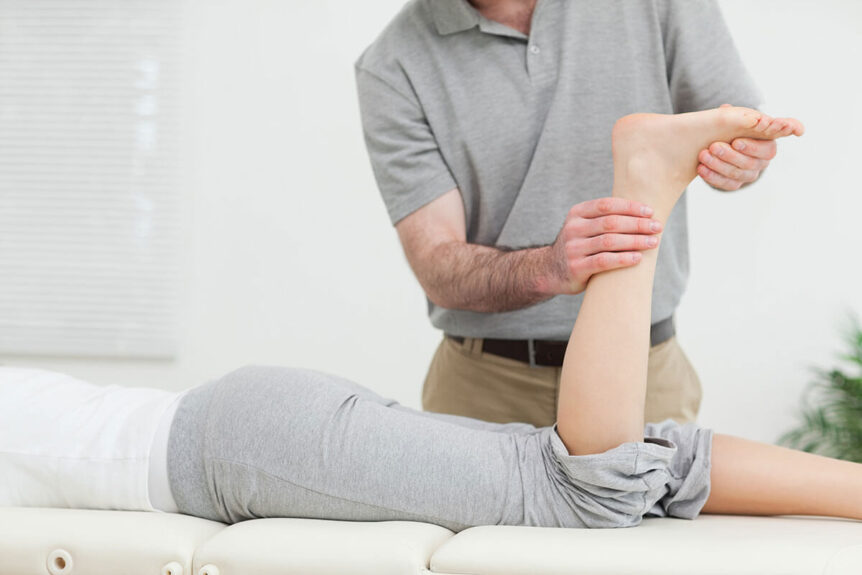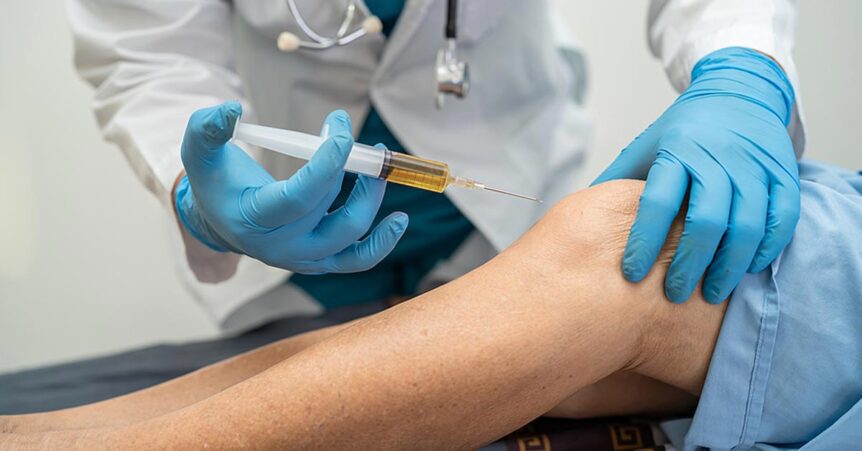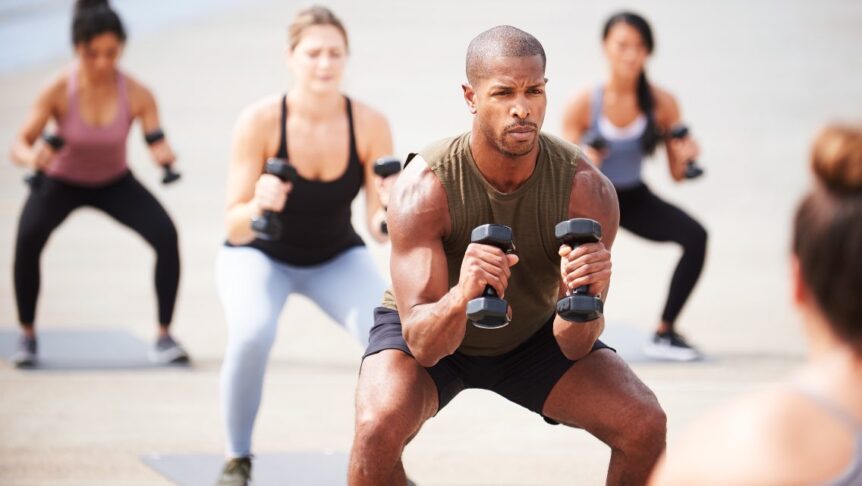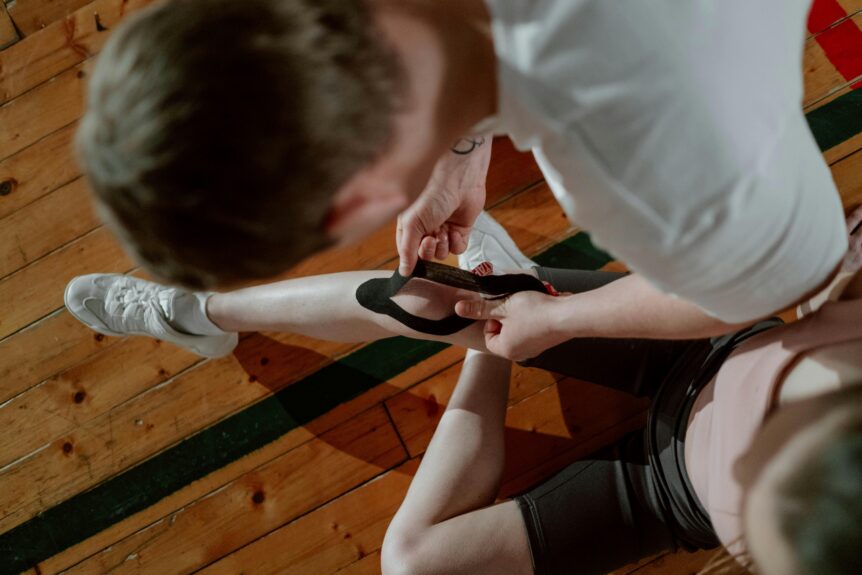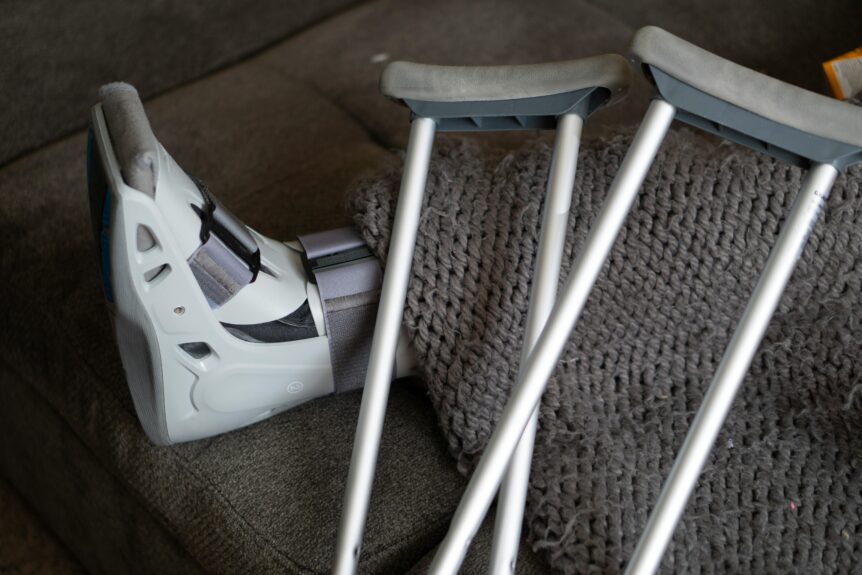Ding D, Ekelund U. Journal of Sport and Health Science, Volume 13, Issue 6, 2024, Pages 736-738, In 1953, Morris et al. published their ground-breaking findings among London bus drivers and conductors, linking physical activity to a major chronic disease for the first time. This seminal paper marked the birth of a new field—physical activity epidemiology. Since then, the field has flourished, evidenced …
10‐20‐30 exercise training improves fitness and health
Bangsbo, J. Eur. J. Sport Sci. 24, 1162–1175 (2024). Intense interval exercise training has been shown to improve performance and health of untrained and trained people. However, due to the exercise intensity causing high-perceived exertion, the participants often do not wish to continue the training. The 10-20-30 training concept consists of low intensity for 30 s, 20 s at a moderate pace, …
The Essential and Optimal Analgesic and Anti-Inflammatory Medicines for Athletes at the Olympic Games
Stuart, M., Farooq, M., Thomas, T. et al. Sports Med – Open10, 80 (2024). In 2019, the International Olympic Committee published the first Olympic and Paralympic Model Formulary (OPF), which defined the standardised set of medications required at every Olympic and Paralympic Games for the treatment of athletes. This study aimed to test the OPF to determine whether it meets the clinical needs …
Early Predictors of Recovery From Nonoperatively Treated Achilles Tendon Rupture: 1 Year Follow‐Up Study.
Sukanen, Maria, et al. Scandinavian Journal of Medicine & Science in Sports 34.7 (2024): e14700 Purpose: To investigate early structural and mechanical predictors of plantarflexor muscle strength and the magnitude of Achilles tendon (AT) nonuniform displacement at 6 and 12 months after AT rupture.Methods: Thirty-five participants (28 males and 7 females; mean±SD age 41.7±11.1years) were assessed for isometric plantarflexion maximal voluntary …
Platelet-rich plasma injections for the management of knee osteoarthritis: The ESSKA-ICRS consensus. Recommendations using the RAND/UCLA appropriateness method for different clinical scenarios
Kon, Elizaveta, et al. Knee Surgery, Sports Traumatology, Arthroscopy (2024). Online first Purpose The aim of this consensus was to develop evidence- and expert-based patient-focused recommendations on the appropriateness of intra-articular platelet-rich plasma (PRP) injections in different clinical scenarios of patients with knee osteoarthritis (OA). Methods The RAND/UCLA Appropriateness Method was used by the European Society of Sports Traumatology, Knee Surgery, …
HIIT at Home: Enhancing Cardiorespiratory Fitness in Older Adults – A Randomized Controlled Trial
Fosstveit – 2024 – Scandinavian Journal of Medicine & Science in Sports – Volume 34, Issue 7, 2024 Background This study aimed to investigate the effectiveness of a 6-month home-based high-intensity interval training (HIIT) intervention to improve peak oxygen consumption (V̇O2peak) and lactate threshold (LT) in older adults. Methods Two hundred thirty-three healthy older adults (60–84 years; 54% females) were randomly assigned …
Screening Sportsmen and Sportswomen Over Age 35: The Relevance of an Exercise Electrocardiogram. Data From the SEEPRED Study
Hupin, D., Oriol, M., Laukkanen, J. A., Abraham, P., Dulac, N., Laugier, S., Trauchessec, G., Carmaux, A., Haber, B., Bertoletti, L., Costa, A. D. & Roche, F. Scand. J. Med. Sci. Sports 34, e14686 (2024). Background: The importance of exercise electrocardiogram (ECG) is still controversial in the prevention of cardiovascular events among sportsmen and sportswomen. Aim: The aim of this …
Is it time to develop specific return to running criteria for ACL rehabilitation? An international survey of physiotherapists criteria for return to running following ACL injury
Sayer, T. A., Melick, N. van, Riera, J., Jackson, J., Bryant, A., Bogie, R., Cross, N., Edouard, P. & Rambaud, A.Phys. Ther. Sport 67, 19–24 (2024). To determine return to running criteria currently used by physiotherapists following anterior cruciate ligament (ACL) injury. Self-reported online international survey. An online survey of physiotherapists across Australia, the Netherlands, and France. A total of …
Are we asking the right questions to people with Achilles tendinopathy? The best questions to distinguish mild versus severe disability to improve your clinical management
Murphy, M. C., Green, B., Amundarain, I. S., Vos, R.-J. de & Rio, E. K. hys. Ther. Sport 67, 54–60 (2024). Determine the capacity of individual items on the Tendinopathy Severity Assessment – Achilles (TENDINS-A), Foot and Ankle Outcome Score (FAOS), and Victorian Institute of Sports Assessment – Achilles (VISA-A) to differentiate patients with mild and severe tendon-related disability in …
The relationship between menorrhagia, iron deficiency, and anaemia in recreationally active females: An exploratory population based screening study
Dugan, C., Peeling, P., Davies, A., MacLean, B., Simpson, A., Lim, J., & Richards, T. (2024). Journal of Science and Medicine in Sport. Objectives: Iron deficiency, anaemia, and menorrhagia – or heavy menstrual bleeding – are interrelated conditions that are highly prevalent and commonly under-recognised in exercising females of reproductive age. This study utilised a screening tool to identify risk …



